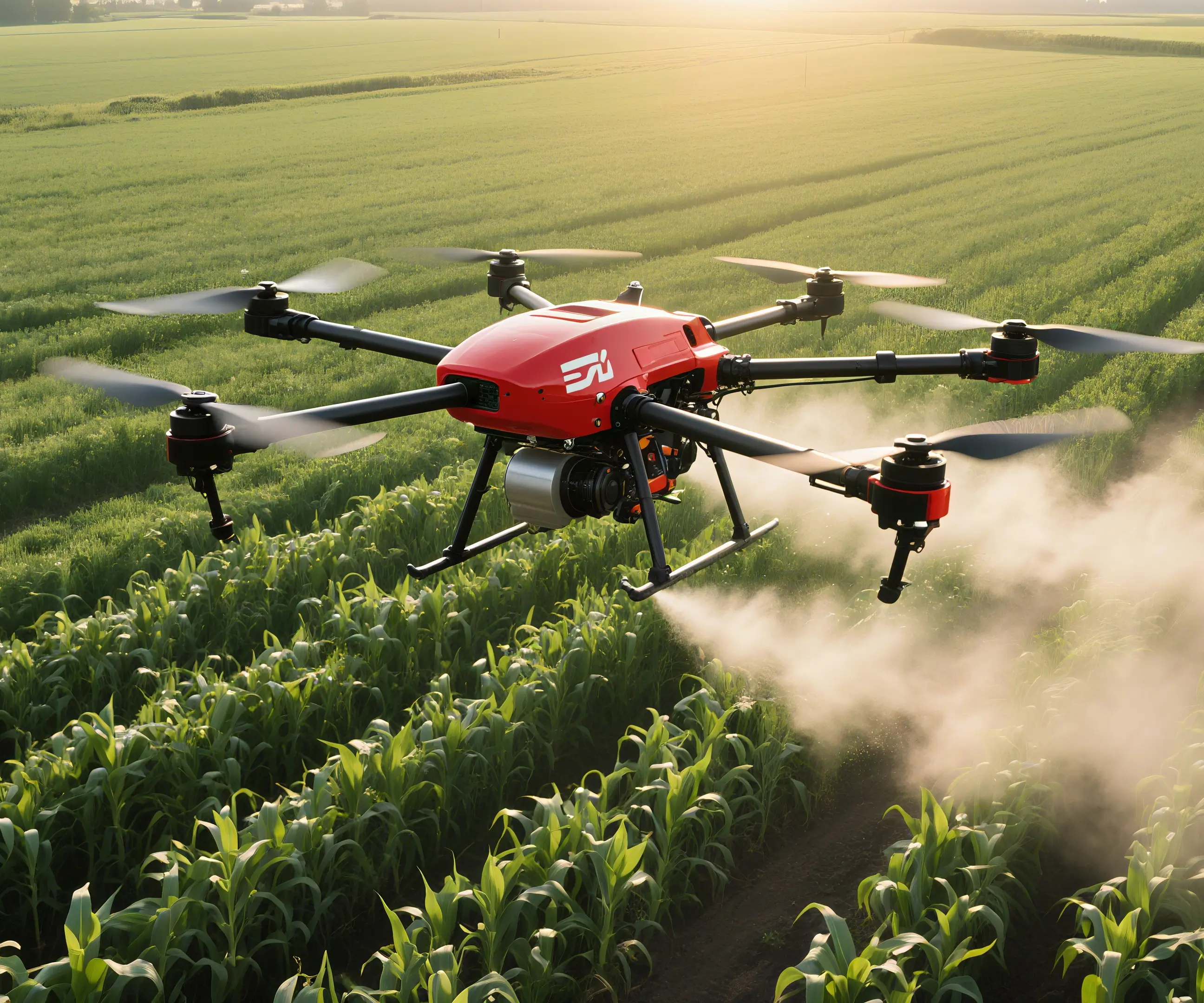Unlocking the Power of Arduino and Servo Motors: A Beginner’s Journey
Imagine this: you’re in your workshop, fingers tingling with excitement as you finally connect that shiny servo motor to your Arduino board. Maybe it’s for a tiny robotic arm, a camera gimbal, or an automated curtain. Whatever your project, controlling a servo motor is often one of the first steps into the world of digital robotics—basic yet profoundly powerful.

But how does one translate a simple line of code into smooth, precise motor movements? The answer lies in understanding the interplay between your Arduino microcontroller and the servo motor, then translating that understanding into code. Let's start from the basics.
What is a servo motor?
A servo motor isn’t just an ordinary motor; it’s a specialized device designed for precise control of angular or linear position. Unlike typical motors that spin continuously, servo motors are built with feedback mechanisms that allow them to move to specific positions and hold there with high accuracy. They are commonly employed in robotics, radio-controlled vehicles, and automation systems.
Most hobbyist servo motors operate on a 4.5V to 6V power supply and have three wires: power (usually red), ground (usually black or brown), and control (usually yellow, orange, or white). The control pin receives Pulse Width Modulation (PWM) signals, which dictate the position of the motor shaft.
Getting started with Arduino and servo motors
Before diving into code, gather your components:
Arduino board (Uno, Mega, Nano, etc.) Standard servo motor Jumper wires Breadboard (optional, for testing) Power supply (if your project demands more power)
Wiring your servo motor
Connecting the servo to your Arduino is straightforward:
Connect the servo’s red wire to the Arduino’s 5V pin. Connect the black/brown wire to the GND pin. Connect the control wire (yellow/orange/white) to a digital PWM pin, often pin 9.
Here's a quick visual setup:
Servo Red (+V) ---> 5V Servo Black/GND ---> GND Servo Control ---> Digital Pin 9
Once wired, it's time to write some code.
The magic of code: Controlling a servo with Arduino
Arduino offers a dedicated library called Servo.h that simplifies servo control. It abstracts the complex signal generation, letting you focus on what movement you want and when.
Let’s look at a simple example. In this main the code progressively moves the servo from 0 to 180 degrees and back, creating a smooth sweeping gesture.
#include Servo myServo; // create servo object to control a servo void setup() { myServo.attach(9); // attaches the servo on pin 9 } void loop() { for (int angle = 0; angle <= 180; angle += 1) { // sweep from 0 to 180 degrees myServo.write(angle); // tell servo to go to position in variable 'angle' delay(15); // waits 15ms for the servo to reach the position } for (int angle = 180; angle >= 0; angle -= 1) { // sweep back to 0 degrees myServo.write(angle); delay(15); } }
This snippet is a good starting point—letting you grasp the flow of controlling a servo with code. The write() function is the core, and it accepts an integer degree value between 0 and 180. The delay() function creates a small pause, giving the servo time to reach the commanded position smoothly.
Variations and refined control
Once you’ve nailed the basics, you can extend the code:
Controlling multiple servos: Instantiate multiple Servo objects. Using potentiometers: Get user control over servo position via analog input. Creating autonomous movement sequences: Combine for and while loops, add user input, or integrate sensors.
Power considerations
A common mistake is powering servos directly from the Arduino's 5V pin—it can overload your board or cause unstable behavior. Always consider an external power supply if you’re using multiple or high-torque servos, and connect the grounds together to ensure a common reference.
Debugging tips
Ensure your servo is wired correctly. Confirm the power supply can deliver enough current. Use Serial.print() statements to debug your code and verify servo positions.
Wrapping up Part 1
That’s your initial glimpse into controlling servo motors with Arduino. Now, understanding how to write the basic code, power the device properly, and wire everything accurately lays a solid foundation. In the next part, we’ll explore more advanced control techniques, how to incorporate sensors, and troubleshoot common issues—setting you up to take your projects from simple movements to sophisticated automation.
Established in 2005, Kpower has been dedicated to a professional compact motion unit manufacturer, headquartered in Dongguan, Guangdong Province, China.




































